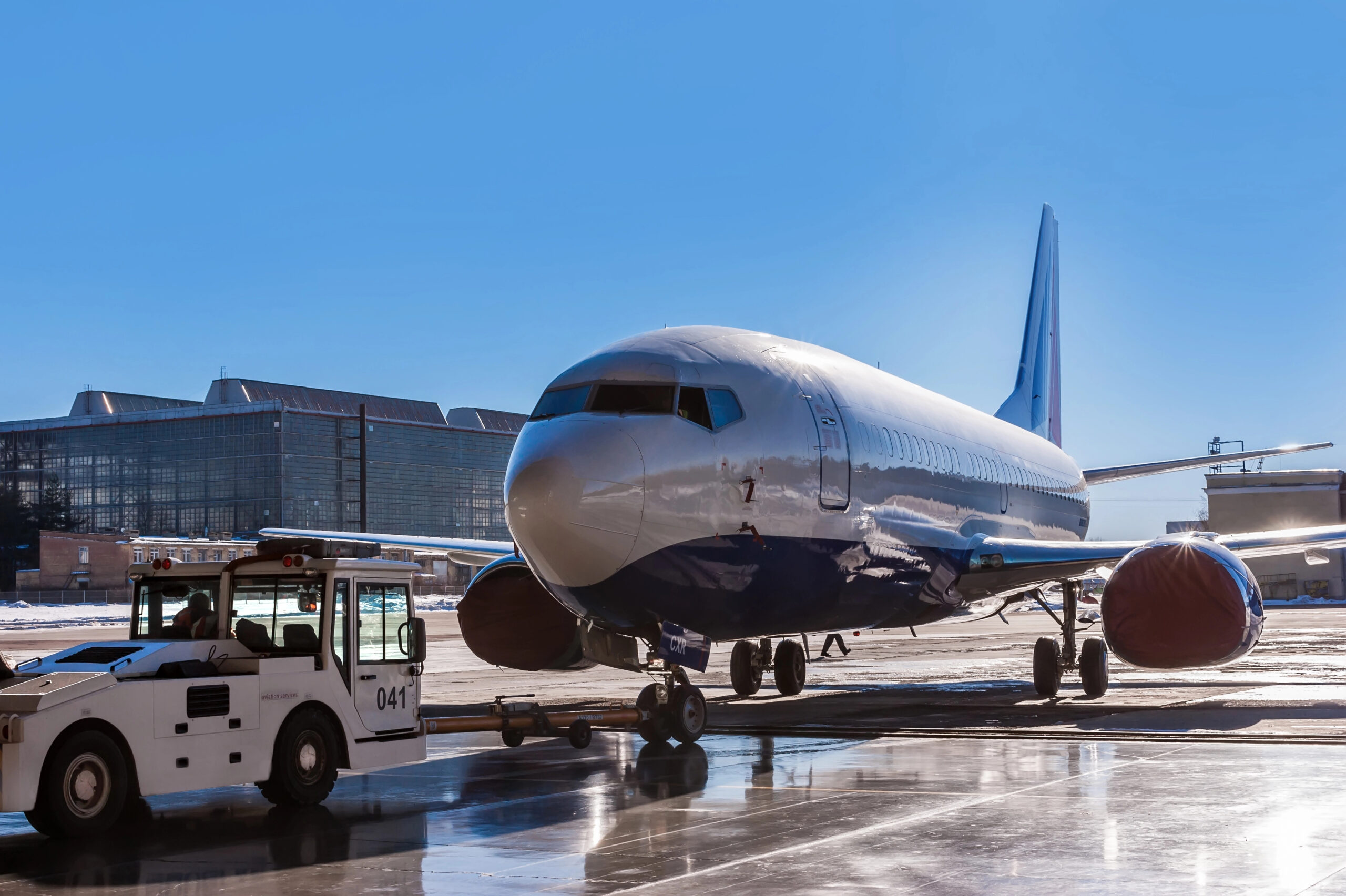Runways are meant to be tightly controlled zones, but accidents still happen, especially when aircraft collide with ground equipment like fuel trucks or baggage carts. These incidents can cause serious injuries to passengers, crew, and airport workers alike. Understanding how these accidents occur and who may be responsible is key to getting the help you need. Whether you were on the plane or working on the ground, knowing your rights matters. Here’s what you should know about runway accidents—and how a personal injury attorney can help you move forward.

What is Ground Support Equipment (GSE)?
Ground Support Equipment (GSE) may not have wings, but it’s just as critical to flight operations as the aircraft themselves. From the moment a plane touches down to the second it lifts off again, a fleet of specialized vehicles is hard at work behind the scenes. Tugs help move aircraft safely around the tarmac. Baggage carts transport suitcases from the terminal to the plane. Fuel trucks refill aircraft with the precise fuel loads needed for each flight, while maintenance vehicles stand ready to handle repairs and inspections.
Each piece of equipment plays a vital role in making sure flights stay on schedule and passengers have a smooth experience. Without GSE, airports would grind to a halt and planes couldn’t go anywhere without the right help on the ground. Understanding the importance of this equipment sheds light on why safety around it is absolutely essential.
How Runway Collisions Happen
Runway accidents between airplanes and ground support equipment may seem rare, but they’re more common than most people realize, and often completely preventable. These incidents usually happen when multiple small breakdowns in communication and protocol occur at once. Miscommunication between the ground crew and flight crew is one of the top causes. If instructions are misunderstood or updates aren’t shared quickly, a plane could begin taxiing while a baggage cart or maintenance vehicle is still in its path.
In poor weather or low visibility conditions, even well-placed equipment can become a hidden hazard. Sometimes, gear is left in unintended locations or parked outside of designated zones, creating unexpected obstacles. When airport personnel are rushed or skip steps in established safety procedures, the likelihood of an accident rises sharply. These collisions not only damage expensive aircraft and equipment. They also delay flights, risk injuries, and disrupt operations, all of which can be avoided with better coordination and accountability.
Injuries That May Result
Runway accidents involving collisions with ground equipment can cause serious injuries for both passengers and airport employees. For travelers, what begins as a normal boarding or taxiing experience can quickly turn into a frightening incident if a vehicle or machinery strikes the aircraft. Ground crew members are at even higher risk, working in close proximity to fast-moving aircraft and heavy equipment.
These runway accidents can result in serious injuries like head trauma, broken bones, or burns from fuel or electrical hazards. The physical, emotional, and financial toll can be overwhelming. Whether you were working on the tarmac or seated on the plane, understanding your rights is essential. A personal injury attorney can help you seek the compensation you deserve and guide you through recovery.

Who Can Be Held Liable
When a runway accident involves ground equipment, determining who’s responsible isn’t always straightforward. Multiple parties may be liable depending on the circumstances. Airlines could be at fault if their crew failed to follow proper safety procedures. Airport authorities might be liable if they failed to maintain safe conditions or properly manage ground traffic. Ground services contractors (such as baggage handlers or fuel providers) may be to blame if their workers operated vehicles negligently or ignored safety protocols. Even equipment manufacturers could be held liable if a malfunction or design flaw contributed to the accident.
For victims, untangling this web of responsibility can be overwhelming. That’s where a personal injury attorney comes in—to investigate the details, identify liable parties, and help ensure the right people are held accountable. You deserve answers, and you shouldn’t have to fight for them alone.
How a Personal Injury Attorney Can Help
After a runway accident involving ground equipment, the aftermath can be overwhelming, especially if you’re dealing with serious injuries. A personal injury attorney can step in to handle the tough stuff so you can focus on healing. They’ll investigate the cause of the accident, pinpoint who’s responsible, and work through the maze of aviation regulations and liability laws. Whether you’re a passenger or an airport employee, they’ll fight to get you compensation for medical bills, lost wages, and pain and suffering. Injured workers may also have workers’ comp or third-party claims, and an attorney ensures no option is left unexplored.
What to Do If You’ve Been Injured
If you’ve been injured in a runway accident involving ground equipment, taking the right steps early can make a big difference. First, get medical attention. Even if injuries seem minor, internal issues may not be immediately obvious. If you’re able, document the scene: photos, witness names, and any visible hazards can help later. Be sure to report the incident to airport authorities or your employer, depending on your role. Finally, reach out to a personal injury attorney who has experience with aviation cases. They can help you navigate the legal process and fight for compensation.
Choose LeBaron & Jensen for Legal Support
Runway accidents involving ground equipment can lead to serious injuries and complex legal situations. Navigating liability and aviation laws isn’t something you should face alone. If you or a loved one has been injured, don’t wait. Reach out to the experienced team at LeBaron & Jensen for a free consultation. We’re here to help you understand your rights and pursue the compensation you deserve.
